Tour de France helmets: Who's wearing what?
Whether it's for style, aerodynamics, weight, comfort or the all-important safety, if you want to wear the same helmet as the pros, here's what they're wearing
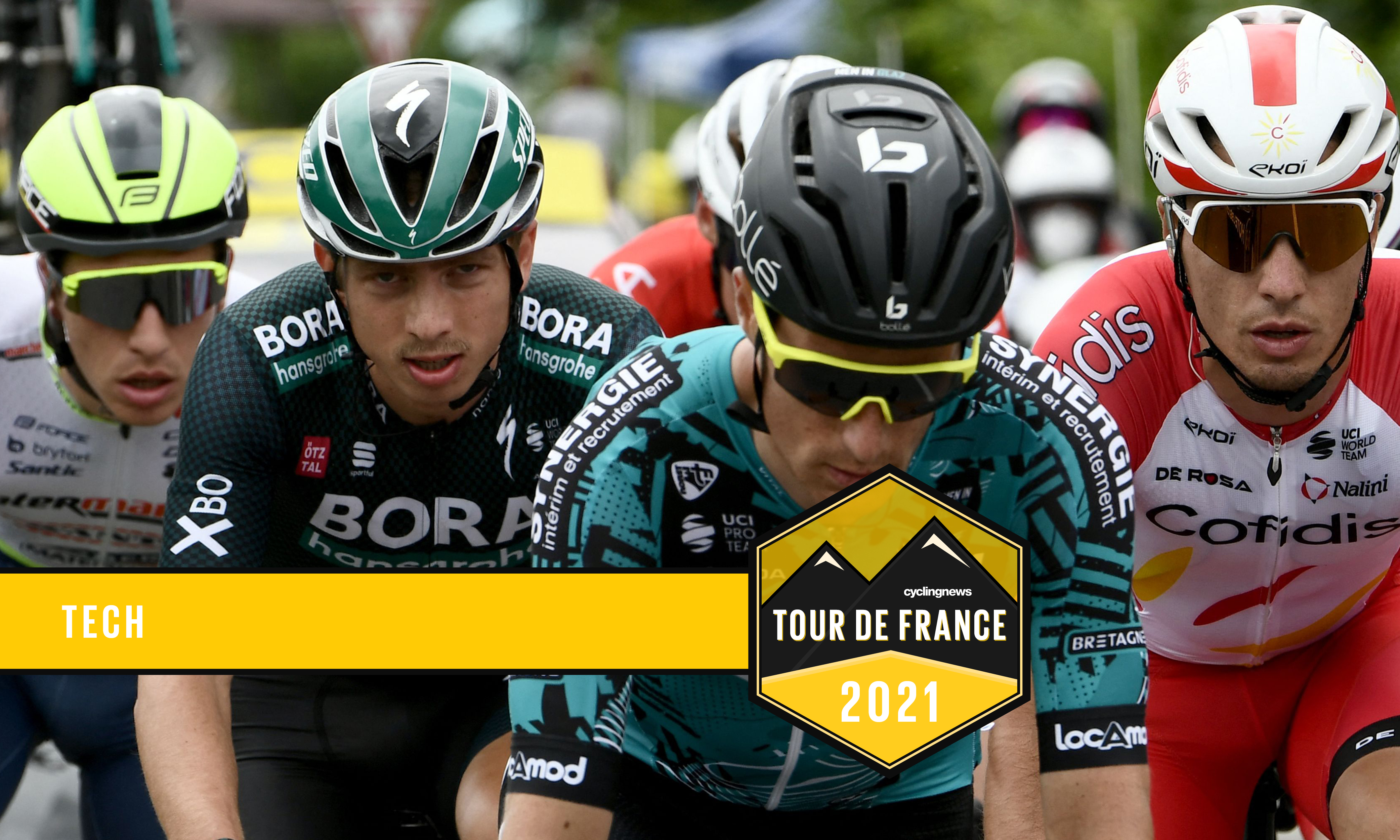
The increased safety that comes as a result of wearing a helmet is rather indisputable. Of course, the EPS foam construction is far from indestructible but, in the event of a crash, if you had the choice of your bare skull impacting the road or a helmet, you know which you'd prefer.
Such is the increase in protection, helmets are mandatory at UCI sanctioned events, meaning all riders at the Tour de France are required to wear one. But long gone are the days of leather 'hairnet' helmets; today's helmets are required to pass stringent safety tests.
That said, some go further in the name of safety than others. Many brands integrate a slip liner from Swedish company, MIPS (Multidirectional Impact Protection System), or their own rotational impact protection such as POC's SPIN (Shearing Pad INside), which are proven to reduce concussion in angled or rotational impacts.
Of course, as with any tech, the pros riding the Tour de France are given the very best available, ones that combine aerodynamics, ventilation, weight and safety. Read on for a rundown of the helmet brands in this year's race, and who's wearing them.
Alternatively, check out our buyer's guide to the best road bike helmets, or if you wish to save money, our cheap bike helmets guide is for you.
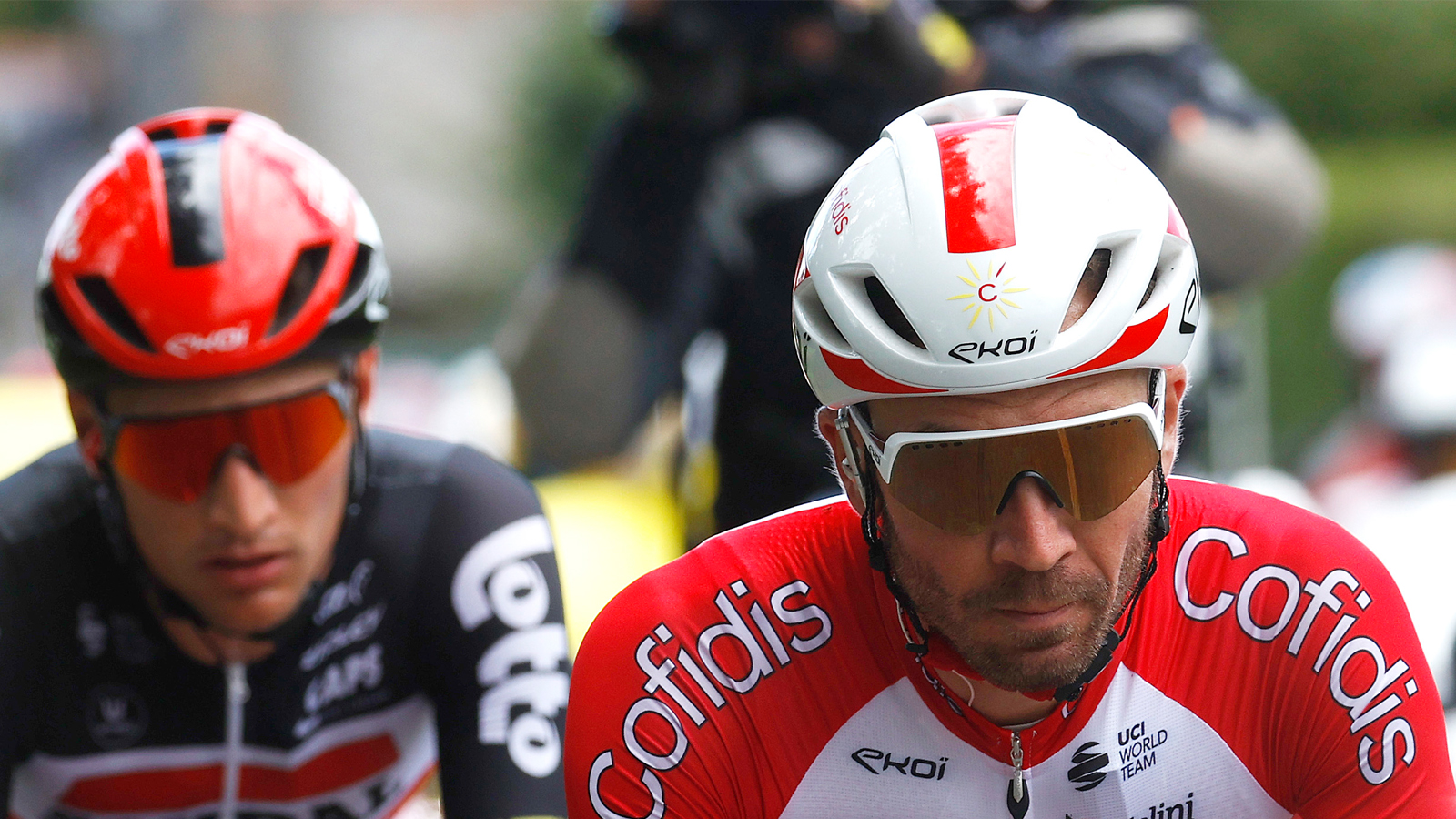
Ekoi
Worn by: Cofidis, Lotto Soudal, Qhubeka Nexthash, Arkea Samsic
Ekoi is the most commonly found helmet manufacturer in this year's Tour de France, supporting no less than four teams representing the French brand.
The AR14 is the one that most riders have opted for, with its aerodynamic design paired with small vents up-front for breathability. This was the helmet worn by Caleb Ewan in that stage 3 crash, as well as by stage 4's breakaway nearly man, Brent van Moer of Lotto Soudal.
However, others have been seen using the brand's Gara, as well as the Legende, which replicates the retro hairnet style with modern and safe materials.
For time trials, teams turned to the brand's TTRB Chrono helmet.
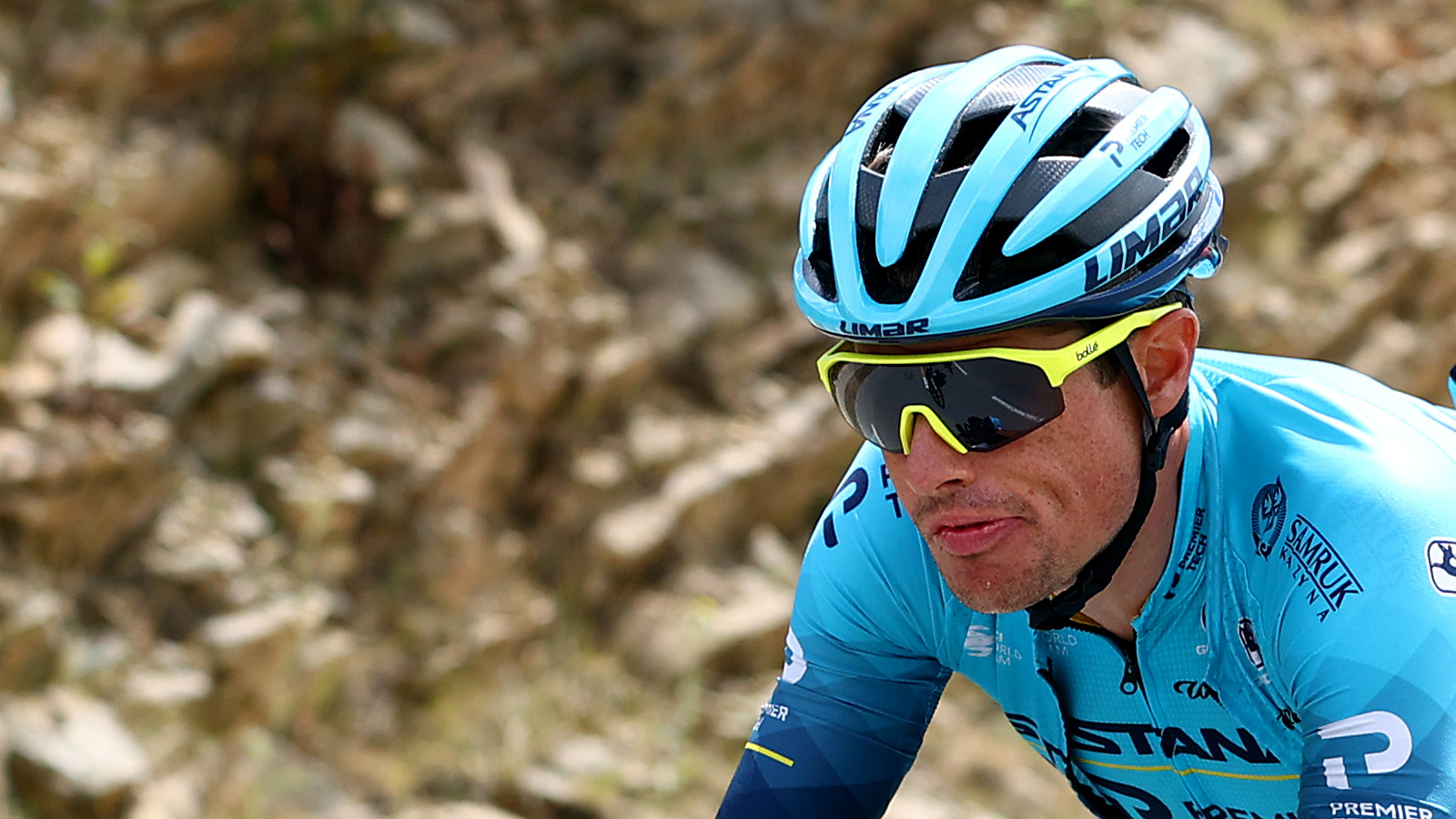
Limar
Worn by: Astana Premier Tech
Get The Leadout Newsletter
The latest race content, interviews, features, reviews and expert buying guides, direct to your inbox!
Limar makes a range of helmets for road, mountain, time trials and even a full-face helmet for downhill mountain bikes. All of the brand's helmets start with the word 'Air'. You've got the lightweight and breathable Air Pro, the aero Air Speed, and the time trial Air King helmet.
It's the lightweight Air Pro that the majority of the Astana Team have been using for their Tour de France helmets this year.
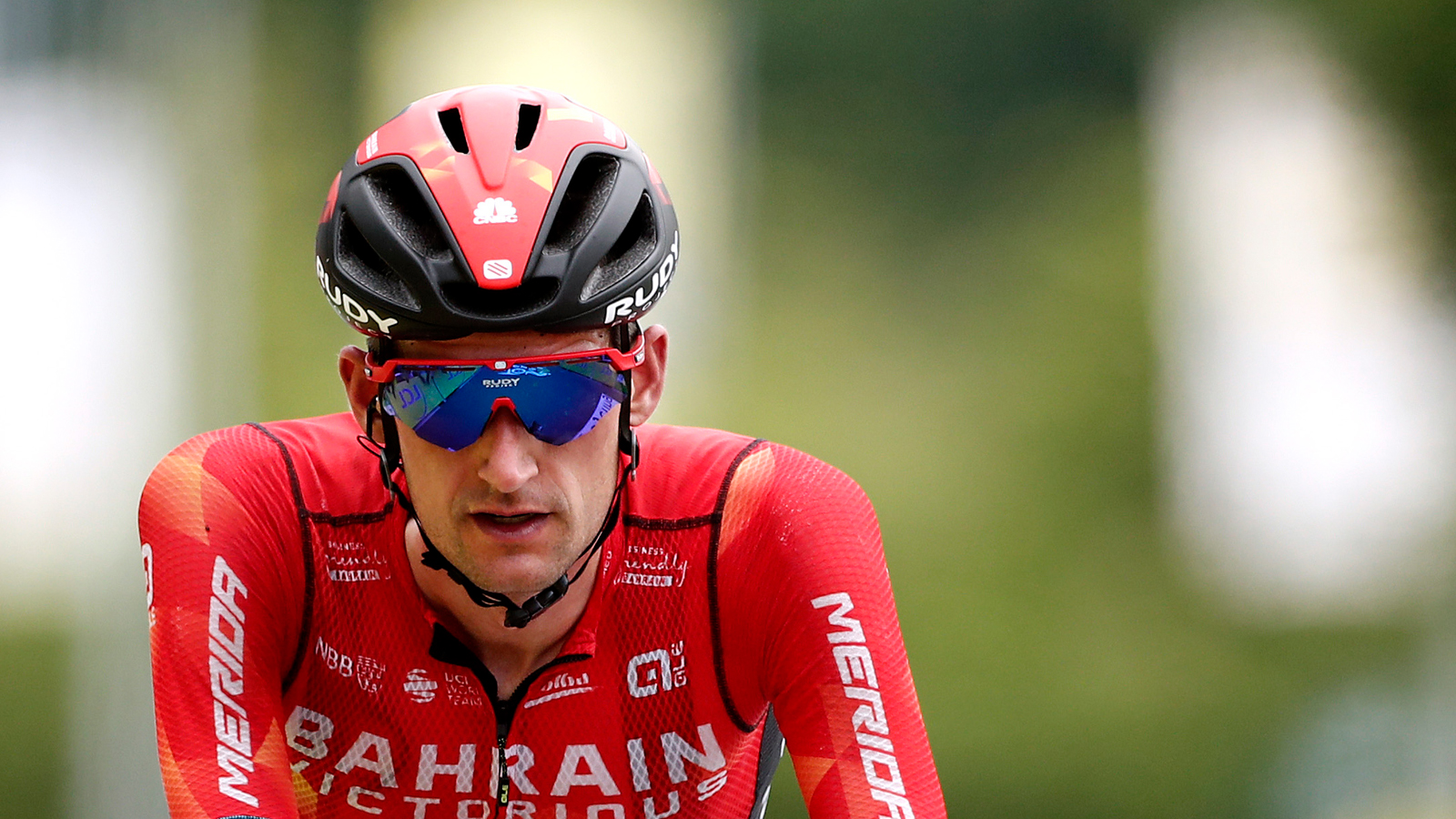
Rudy Project
Worn by: Bahrain Victorious
The likes of Jack Haig and Wout Poels have Rudy Project to thank for their helmets at this year's race. Haig especially, after crashing out on Stage 3.
The brand makes helmets for all sorts of cycling disciplines, but riders have been using the brand's Spectrum almost exclusively, a helmet that blends aerodynamic shaping and large ventilation ports.
For the time trials, that switched out for the Rudy Project The Wing helmet, which we gave five stars in our recent review.
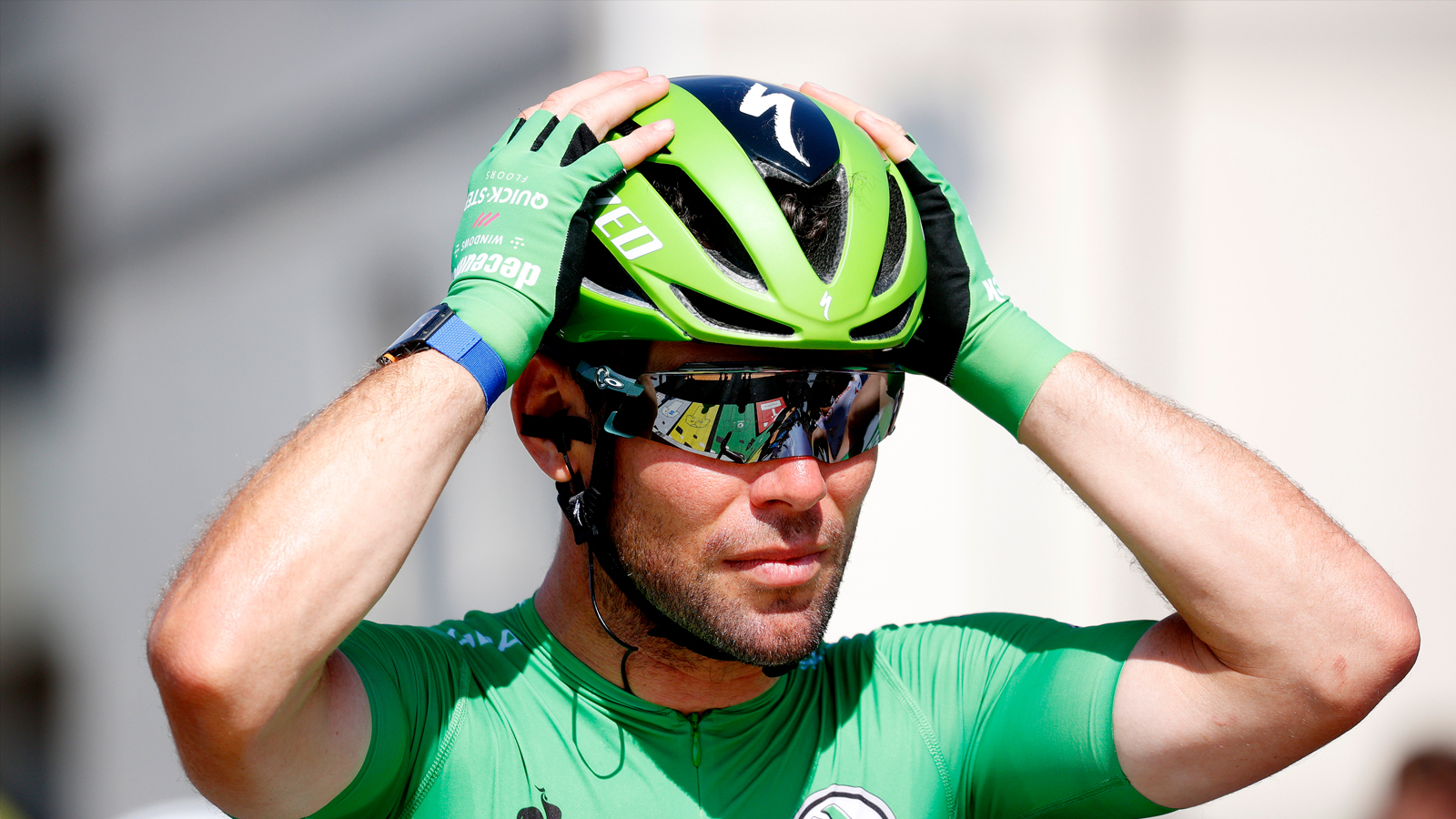
Specialized
Worn by: Bora-Hansgrohe, Deceuninck-QuickStep
Within the Specialized helmet range, riders from Deceuninck Quickstep and Bora Hansgrohe have the choice of the Evade, which features in our guide to the best aero helmets, and the lighter weight, more breathable Prevail II Vent.
Both helmets integrate the MIPS slip liner, as well as ANGi; a sensor that calls home in case of an accident (although they probably don't have it switched on during racing).
For time trials, they switched to the simply named S-Works TT.
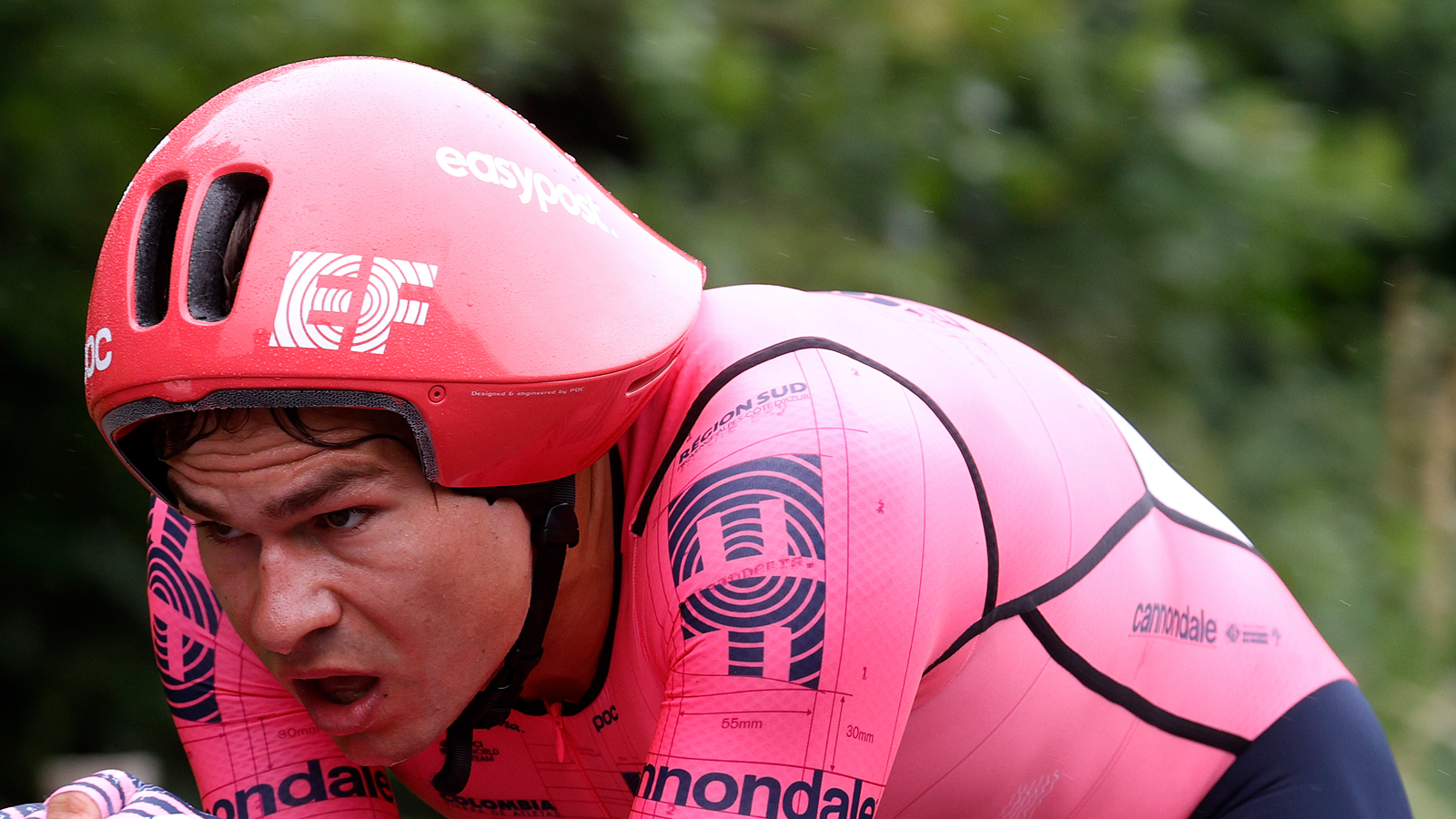
POC
Worn by: EF-Education Nippo
Easily the most stand-out model in the POC range is the Tempor time trial helmet, pictured above, which has been around since 2012 but takes a wild approach to smoothing airflow past the rider's shoulders.
On the road stages, riders are mostly using the Ventral, or the Ventral Air. Both of which come with POC's own rotational impact protection, called SPIN, to help protect its riders in the event of a crash.
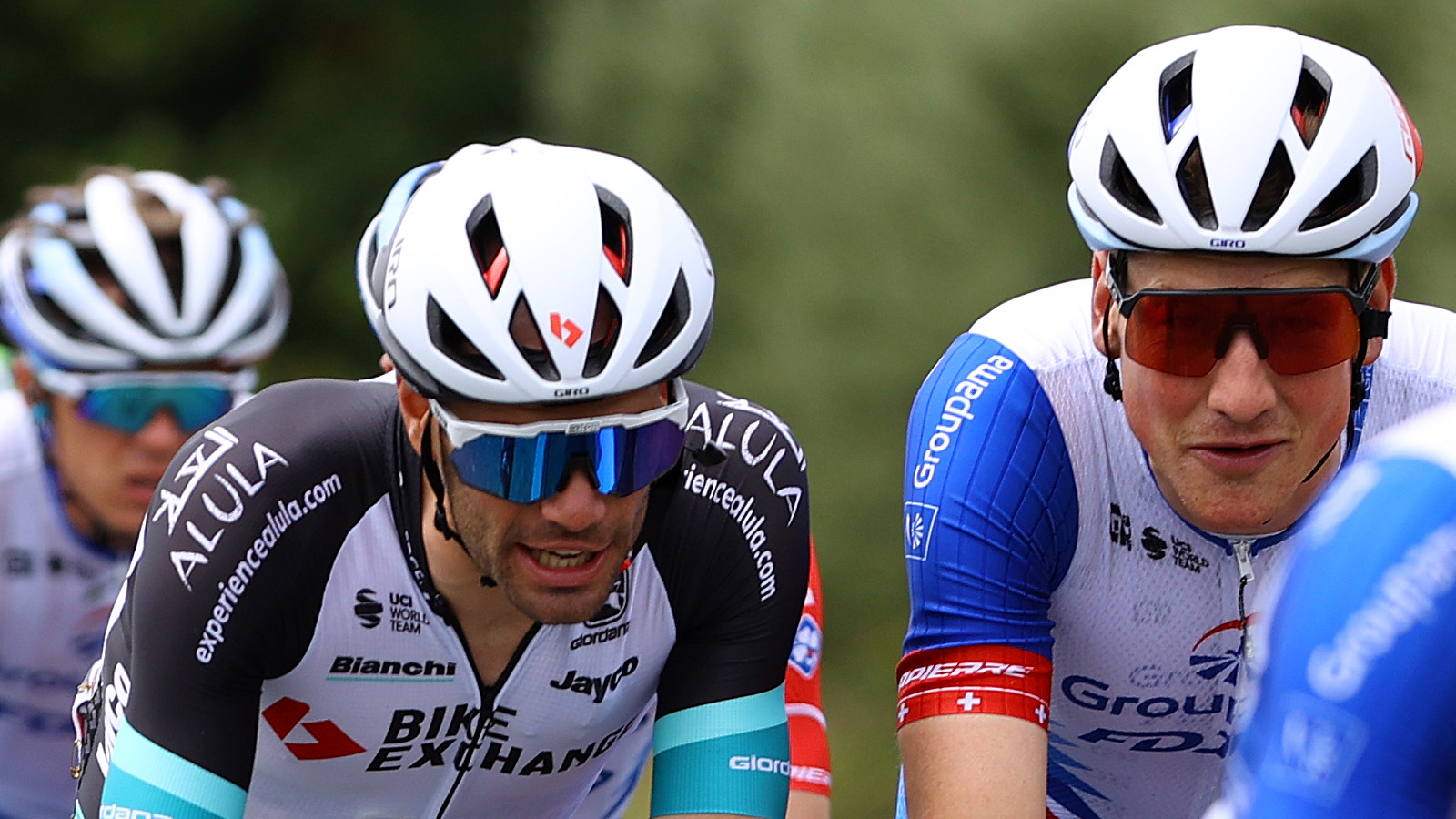
Giro
Worn by: Groupama-FDJ, Team BikeExchange, TotalEnergies
Giro is a common sight in any Tour de France, and this year, three teams are wearing the brand's helmets. Well, three and two-halves actually, because in addition to the Bike Exchange, TotalEnergies and Groupama FDJ teams, Giro has also supplied its Aerohead time trial helmets to team B&B Hotels p/b KTM and Trek Segafredo, since their sponsors - Bollé and Bontrager, respectively - don't make one.
Those who wear Giro on the road have quite the choice in front of them. There's the flyweight Aether, all-rounder Helios, all-rounder Synthe and the dedicated-aero Vanquish. But that's clearly not enough, because many riders are using the same aero helmet that has been doing the rounds in the peloton since Spring, which Giro is yet to officially unveil.
All of which integrate MIPS, should a rider need to absorb some rotational impacts in the event of a crash.
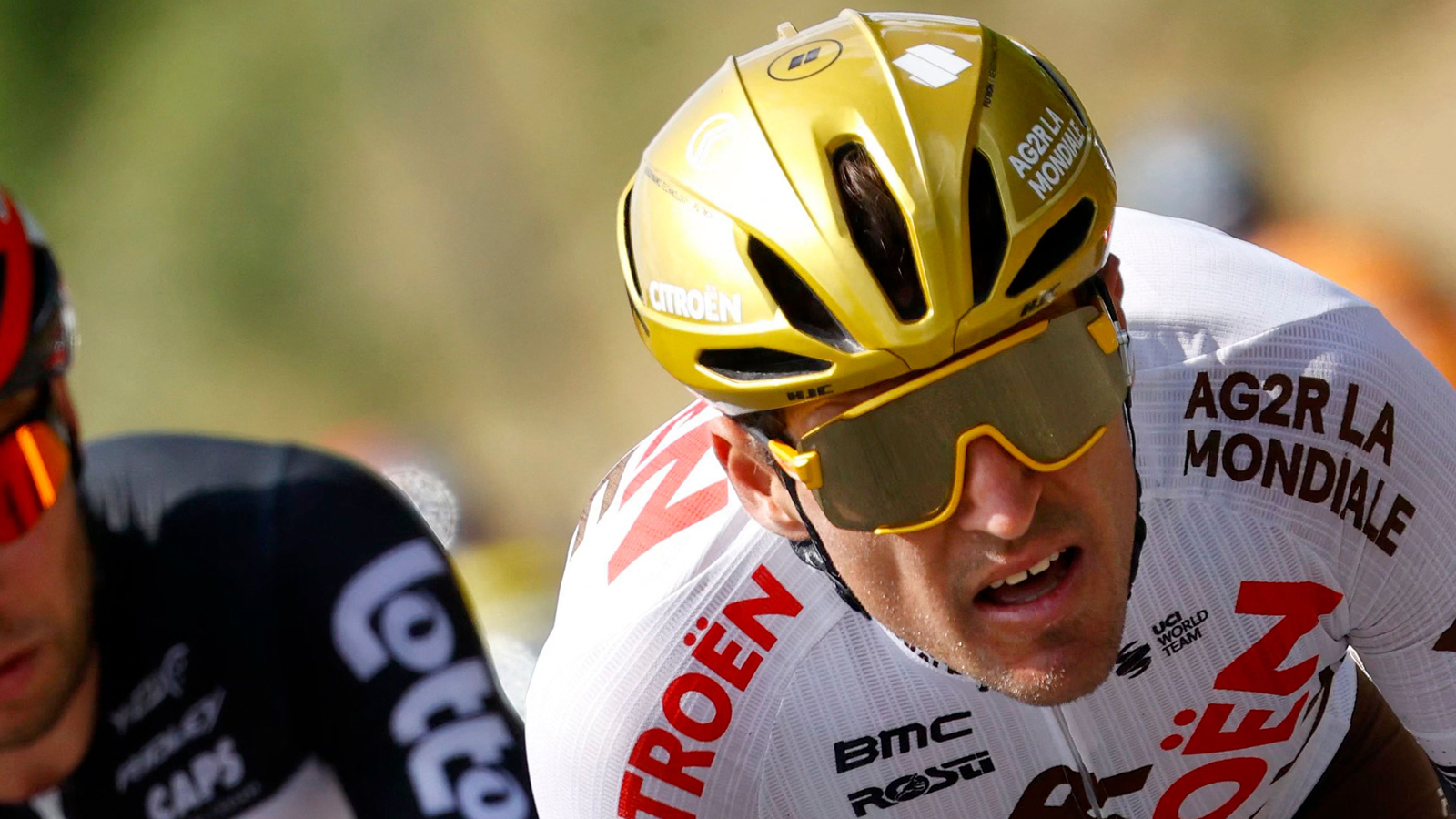
HJC
Worn by: AG2R La Mondiale, Israel Start-Up Nation
The likes of Chris Froome and Greg Van Avermaet are sponsored by HJC, a well-renowned Korean manufacturer of motorcycle helmets that has recently entered the cycling market. Most of the team have been using the IBEX 2.0, but for maximum aerodynamics, riders have been switching to the Furion 2.0, and on time trial days, riders switch to the Adwatt.
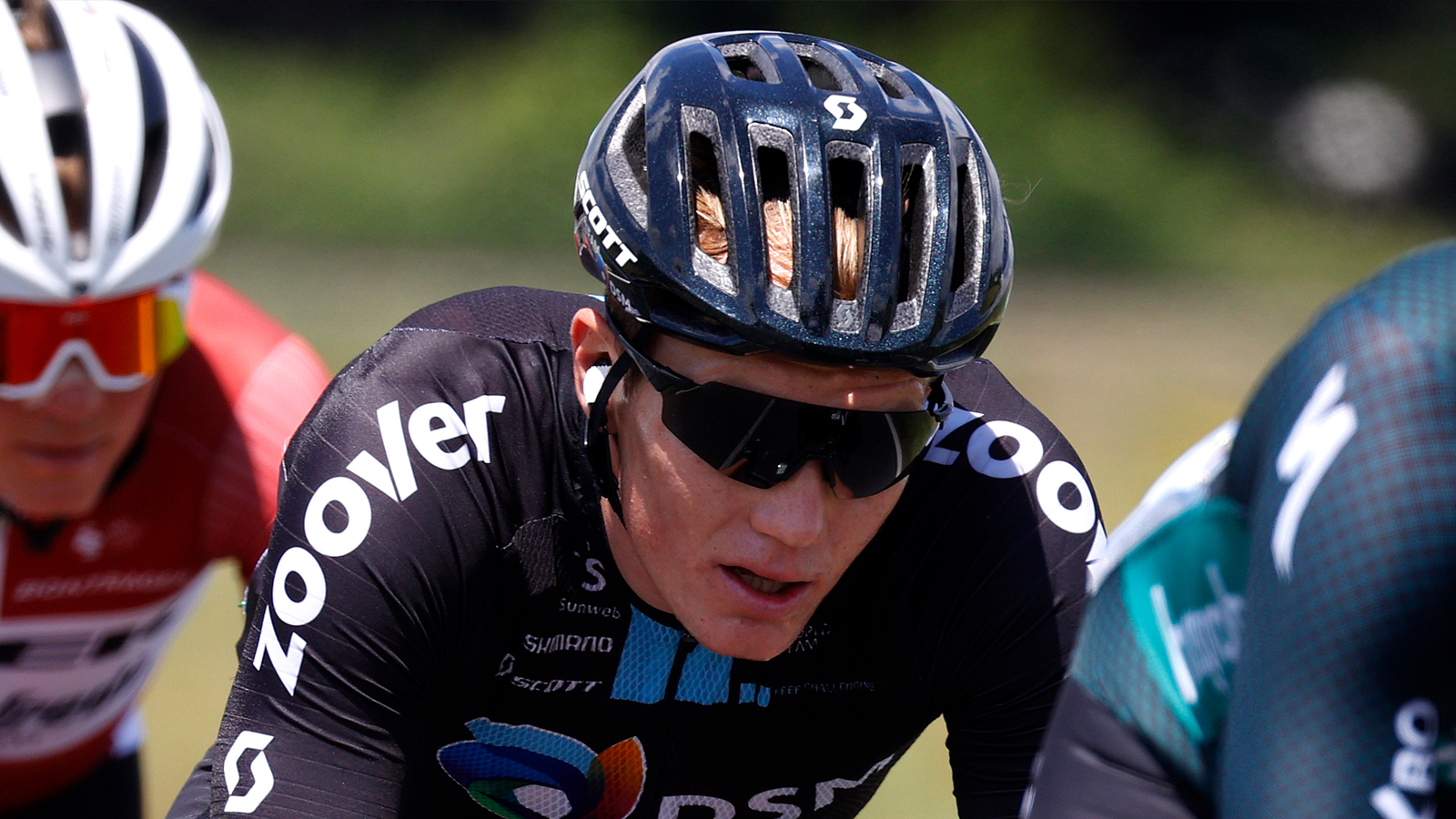
Scott
Worn by: Team DSM
Team DSM's bikes and components come from Scott Sports, and they even provide shoes for some riders, so it's perhaps unsurprising to see that they also supply the team with its range of helmets.
We gave the brand's aero helmet four stars in our Scott Cadence Plus review, and the team also has access to the Centric Plus, and on time trial days, the team uses the Scott Split Plus. All of which utilise MIPS for increased protection in the event of a crash.
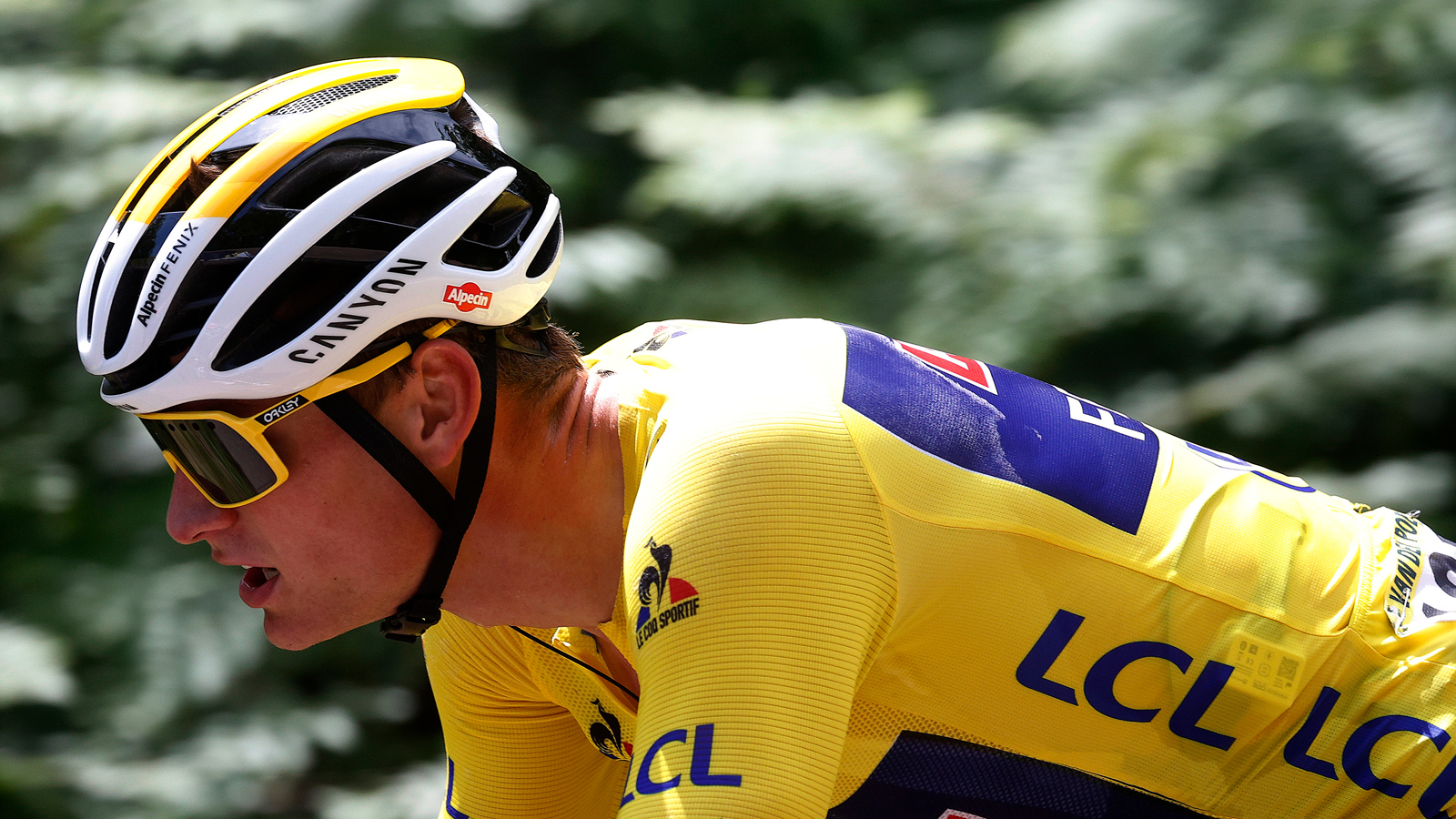
Abus
Worn by: Alpecin-Fenix, Movistar Team
Riders from Movistar and Alpecin-Fenix are given the choice of four helmets from Abus. For maximum ventilation there's the Airbreaker, for speed there's the Gamechanger, for a mixture of the two there's the Stormchaser, and for time trials riders use the Gamechanger TT. Except for Van der Poel, who naughtily switched out for a Lazer Volante at the last minute.

Kask
Worn by: Ineos Grenadiers
Dave Brailsford's Ineos Grenadiers team (and its former guises of Team Ineos and Team Sky) have been sponsored by Kask since the team's inception.
The team has been wearing the same Kask Protone helmet for seven years now, meaning Carapaz and Thomas are is still rocking the same lid that Froome used when he crashed out on the cobbles in 2014. That said, some riders have been sporting the strangely-named Wasabi aero helmet launched early this year.
Against the clock, riders have two choices - the short-tail Bambino, or the slightly longer Bambino Pro.
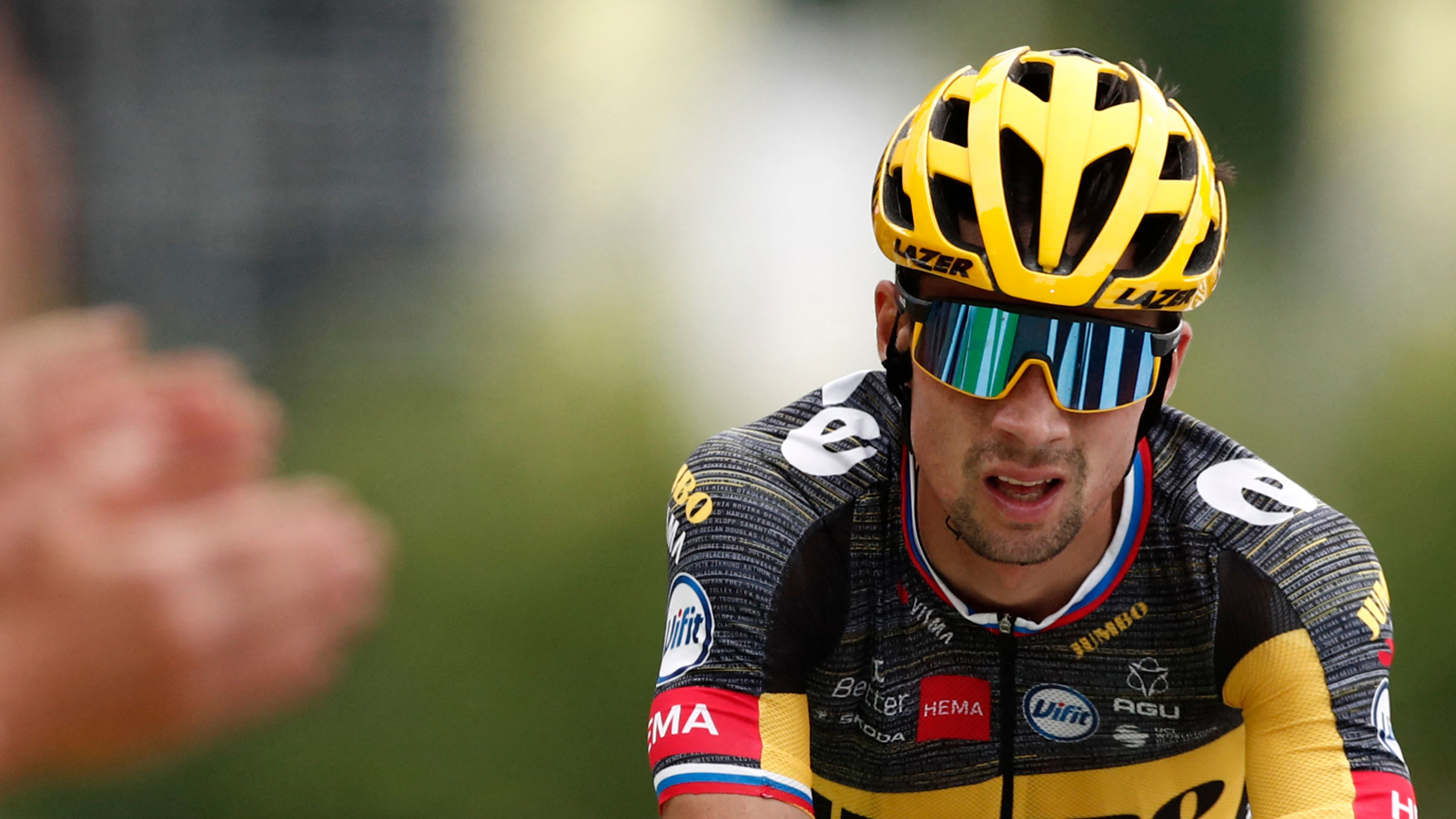
Lazer
Worn by: Team Jumbo-Visma
By the calculations of the Virginia Tech Lab, Jumbo Visma riders are at the lowest risk of concussion in the event of a crash, as the Lazer G1 (Known as the Lazer Genesis in Europe) is the safest road helmet they've ever tested. The teams also have the aero Lazer Bullet at their disposal, but riders have been using the better-ventilated G1 for the most part - cooler heads prevail, and all that.
They've seen their fair share of incidents so far, too. Such as Tony Martin being taken out by an over-enthusiastic spectator on stage 1 - a crash in which his head impacted the ground hard.
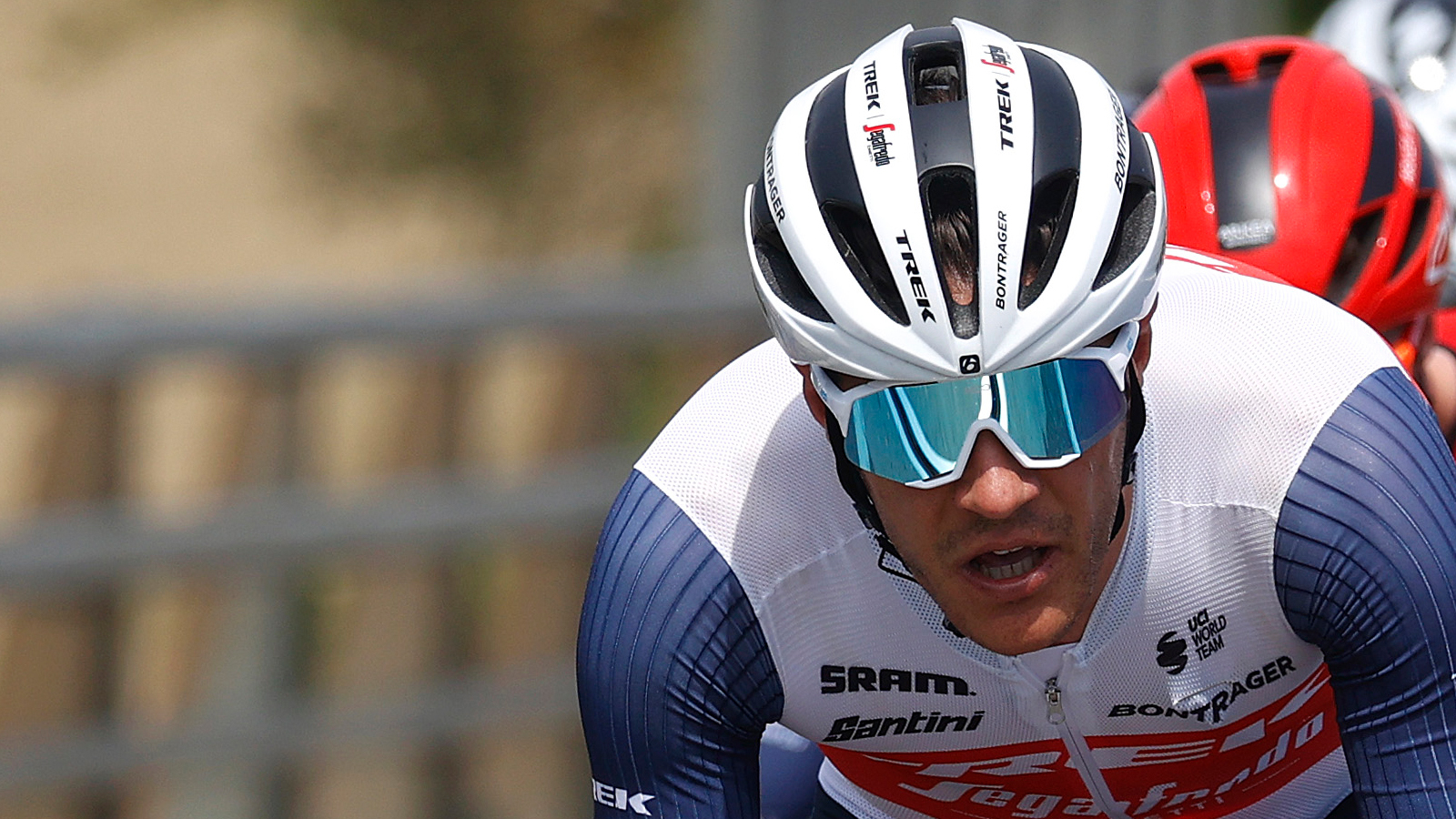
Bontrager
Worn by: Trek-Segafredo
Bontrager claimed it had the biggest change in cycling for 30 years when it launched its range of WaveCel helmets, claiming up to 48x better protection against concussion thanks to the collapsible cellular structure inside the helmet.
Some Trek Segafredo riders have foregone the opportunity to use the Bontrager XXX WaveCel helmet because it gets rather hot, so in its place, they've been using the Velocis MIPS.
However, in the absence of a time trial specific helmet from Bontrager, the team are using rebranded Aerohead TT helmets from Giro.
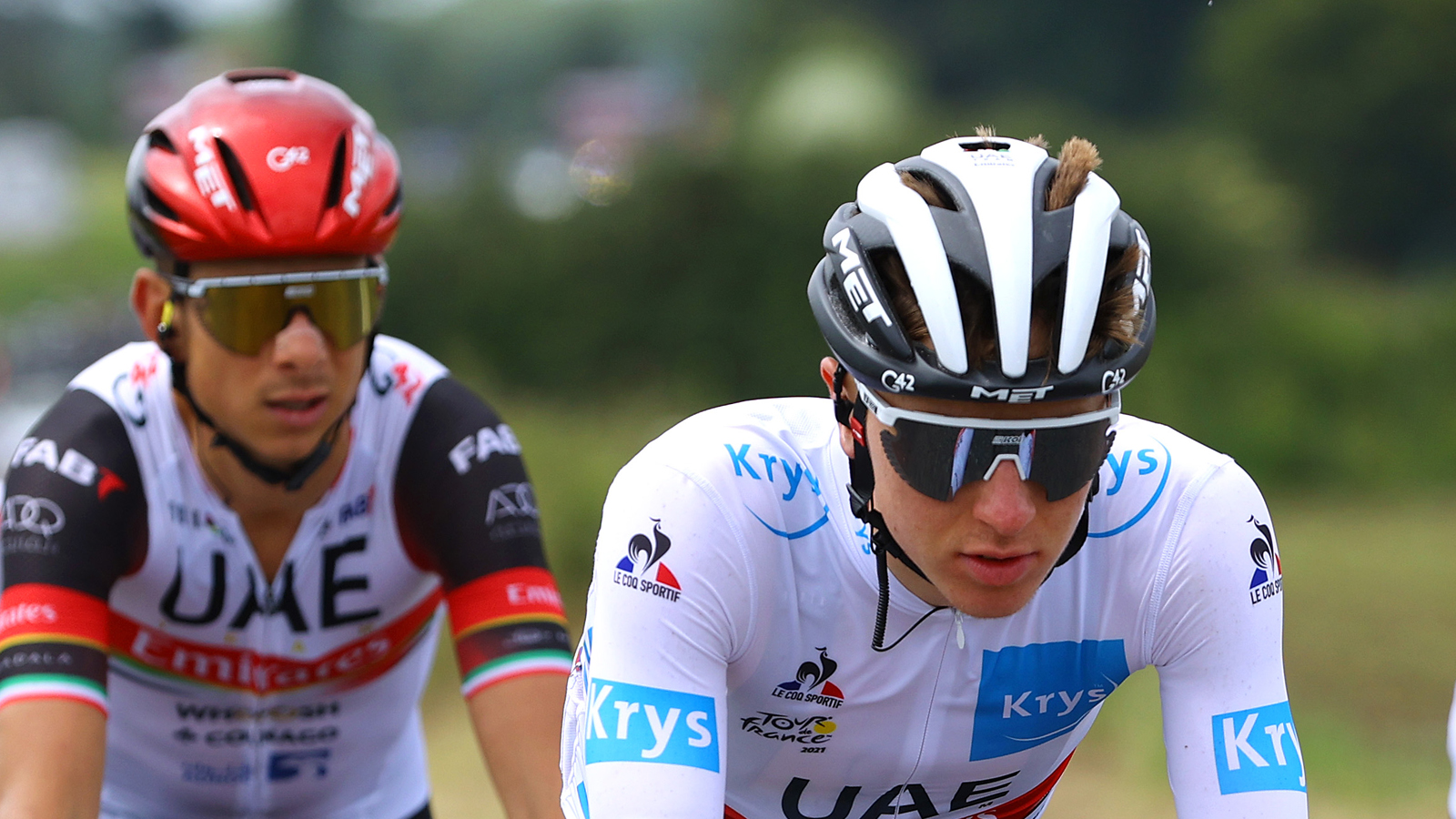
MET
Worn by: UAE-Team Emirates
GC favourite Tadej Pogačar and his UAE Team Emirates team have a choice of three road helmets and two time trial helmets from Met.
On the road, there's the lightweight Trenta 3K, the all-rounder Rivale, and the newest addition to the lineup, the aero Manta. In time trials, most riders opted for the Drone Wide-body, but there's also the short-tail Codatronca.
As the current leader of the white-jersey young rider classification, Pogačar has been sporting a white version, while the rest of the team are wearing black and red.
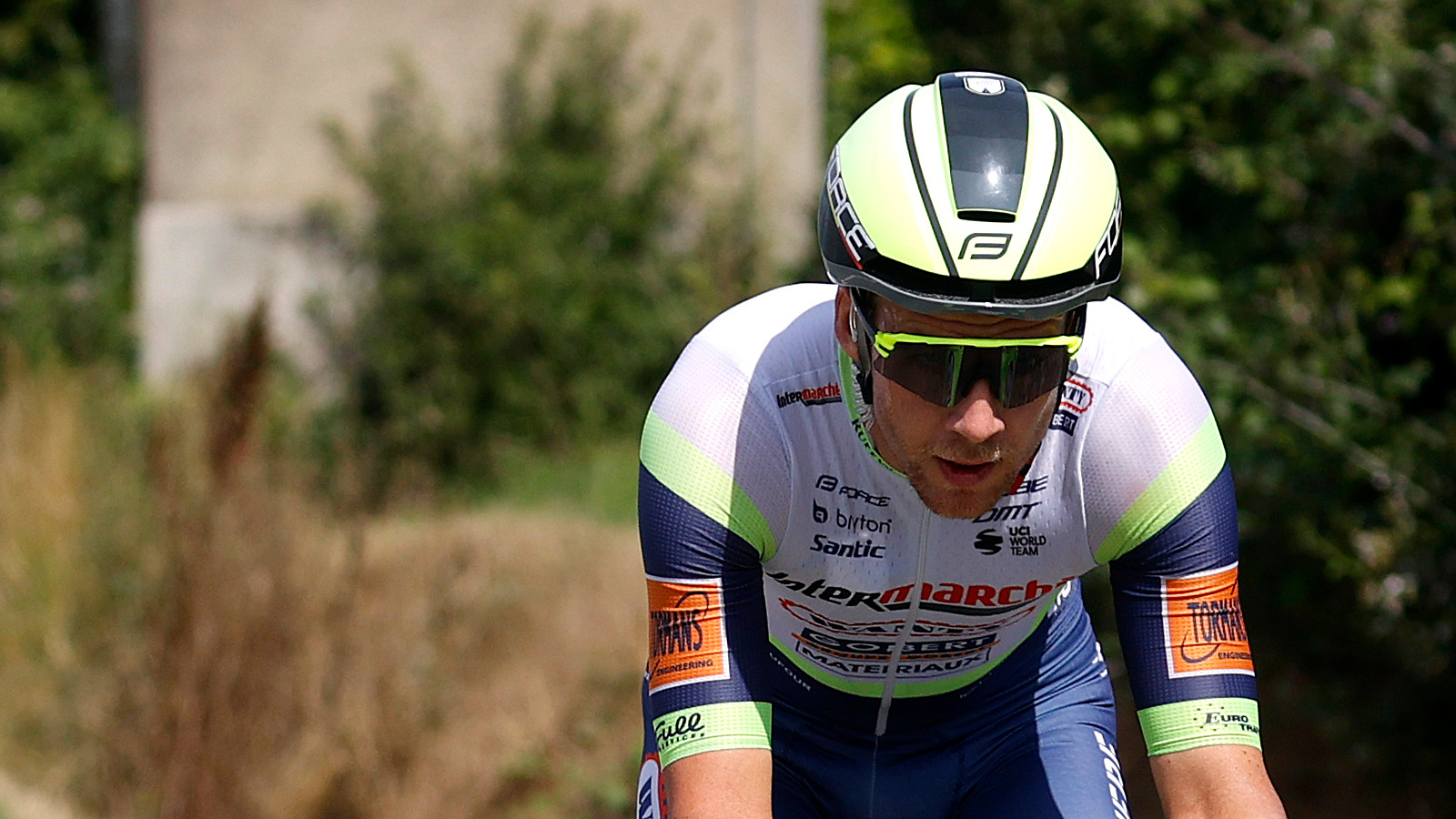
Force
Worn by: Intermarché-Wanty-Gobert Matériaux
If there are any helmet brands in this list that you've never heard of, it's the sponsor of the Intermarché - Wanty - Gobert Matériaux team, Force.
The Czech company is supplying the team with two helmets to choose from, the Orca aero helmet or the more breathable Lynx.
Time trials see the riders switch to the Globe, although Louis Meintjes sneakily used an unbranded Kask Bambino.
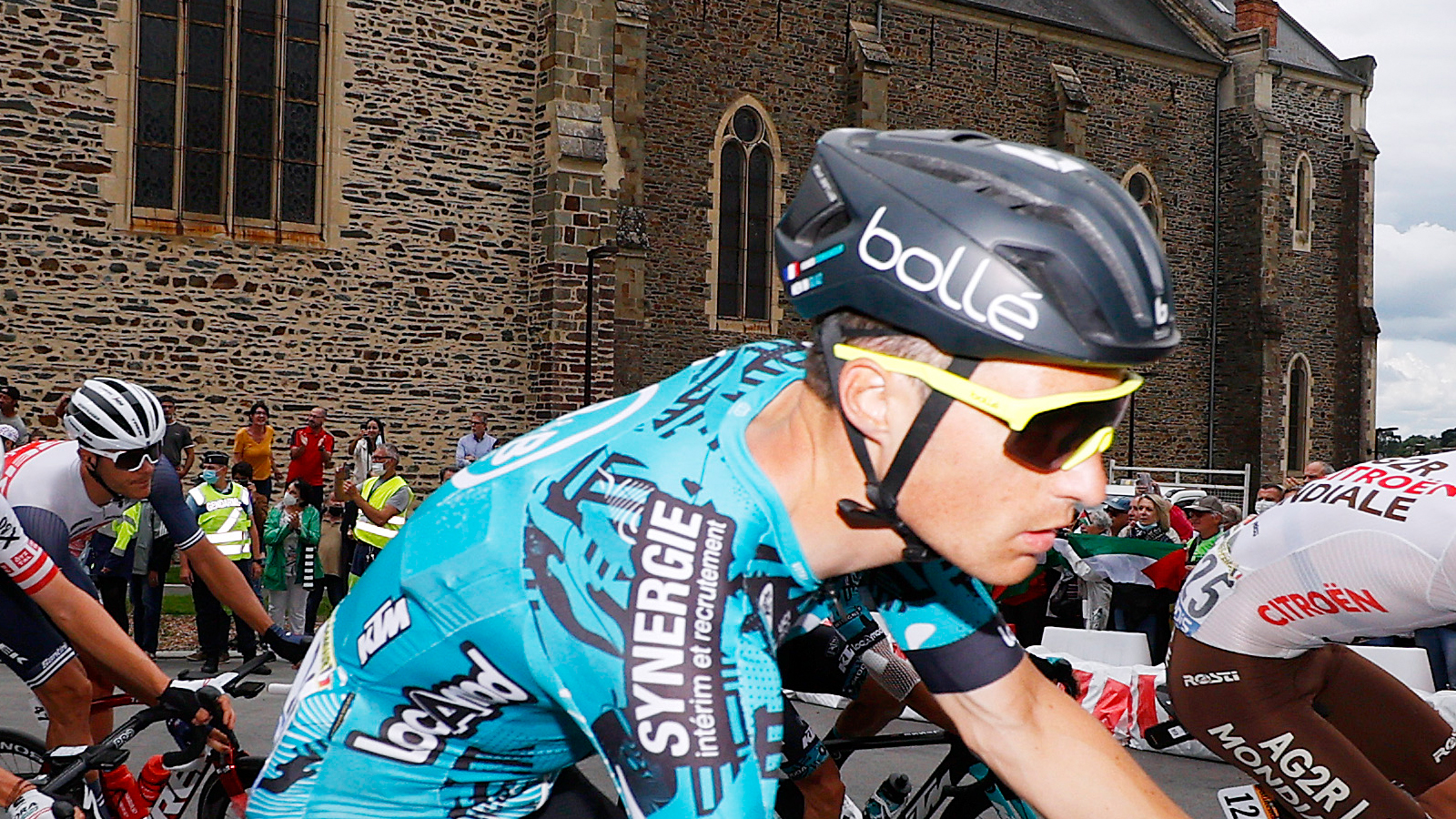
Bollé
Worn by: B&B Hotels p/b KTM
Last but not least on this list, B&B Hotels P/B KTM have been wearing road helmets from Bollé. All riders have used the brand's Furo MIPS, but not unlike Trek Segafredo, with the brand's absence of a time trial helmet, the team switched to the Giro Aerohead TT for the stage 5 time trial.

Josh is Associate Editor of Cyclingnews – leading our content on the best bikes, kit and the latest breaking tech stories from the pro peloton. He has been with us since the summer of 2019 and throughout that time he's covered everything from buyer's guides and deals to the latest tech news and reviews.
On the bike, Josh has been riding and racing for over 15 years. He started out racing cross country in his teens back when 26-inch wheels and triple chainsets were still mainstream, but he found favour in road racing in his early 20s, racing at a local and national level for Somerset-based Team Tor 2000. These days he rides indoors for convenience and fitness, and outdoors for fun on road, gravel, 'cross and cross-country bikes, the latter usually with his two dogs in tow.